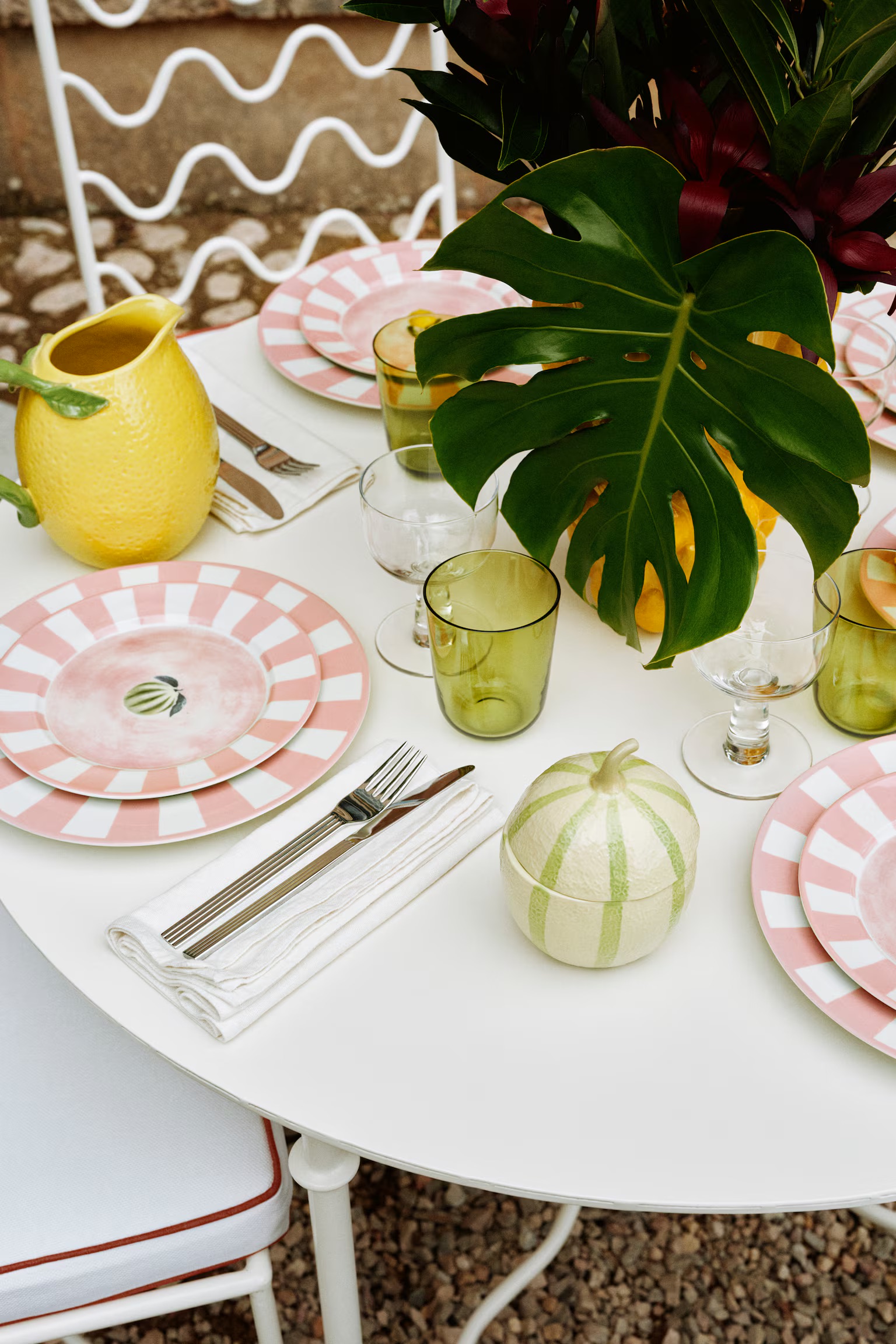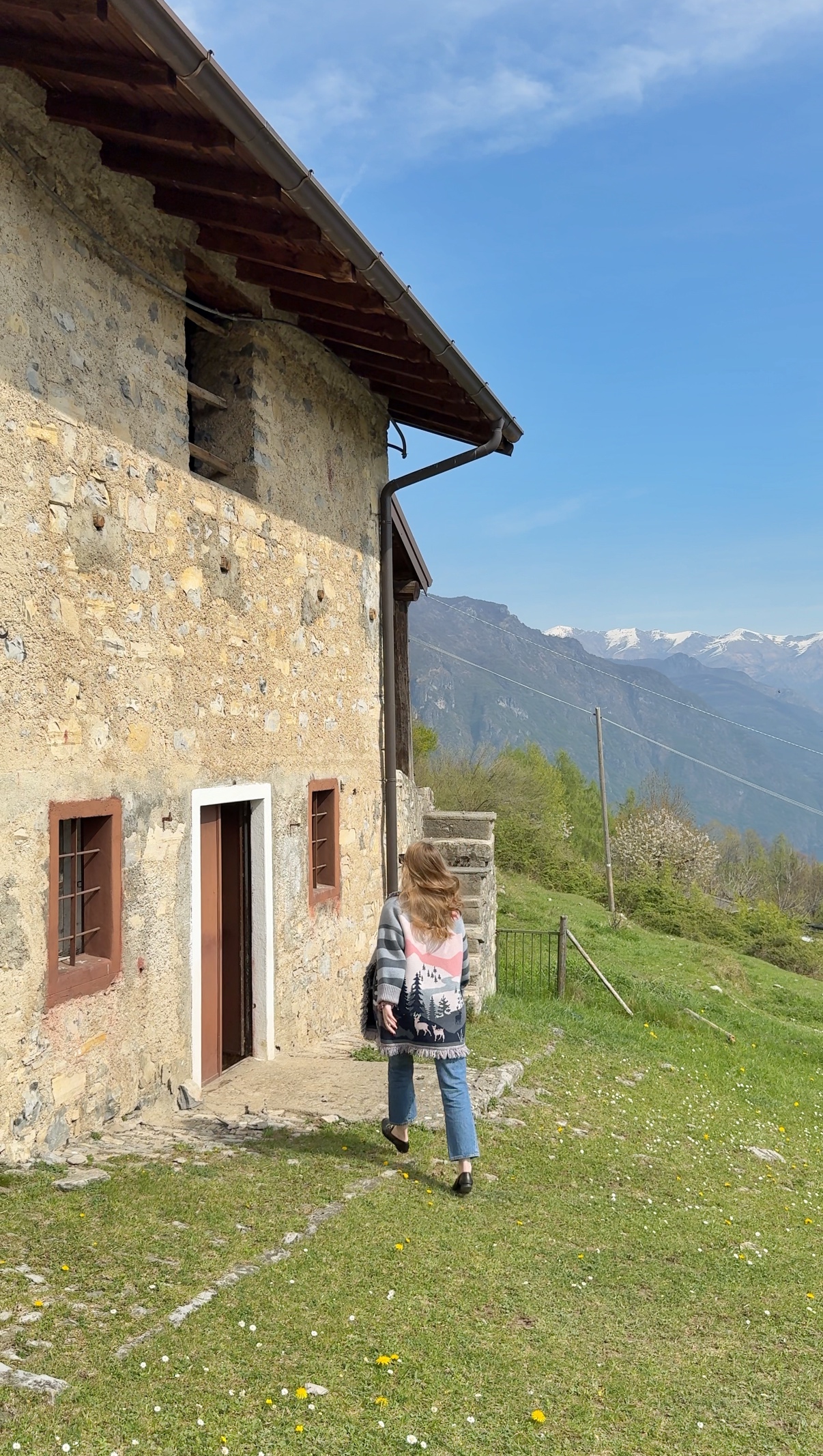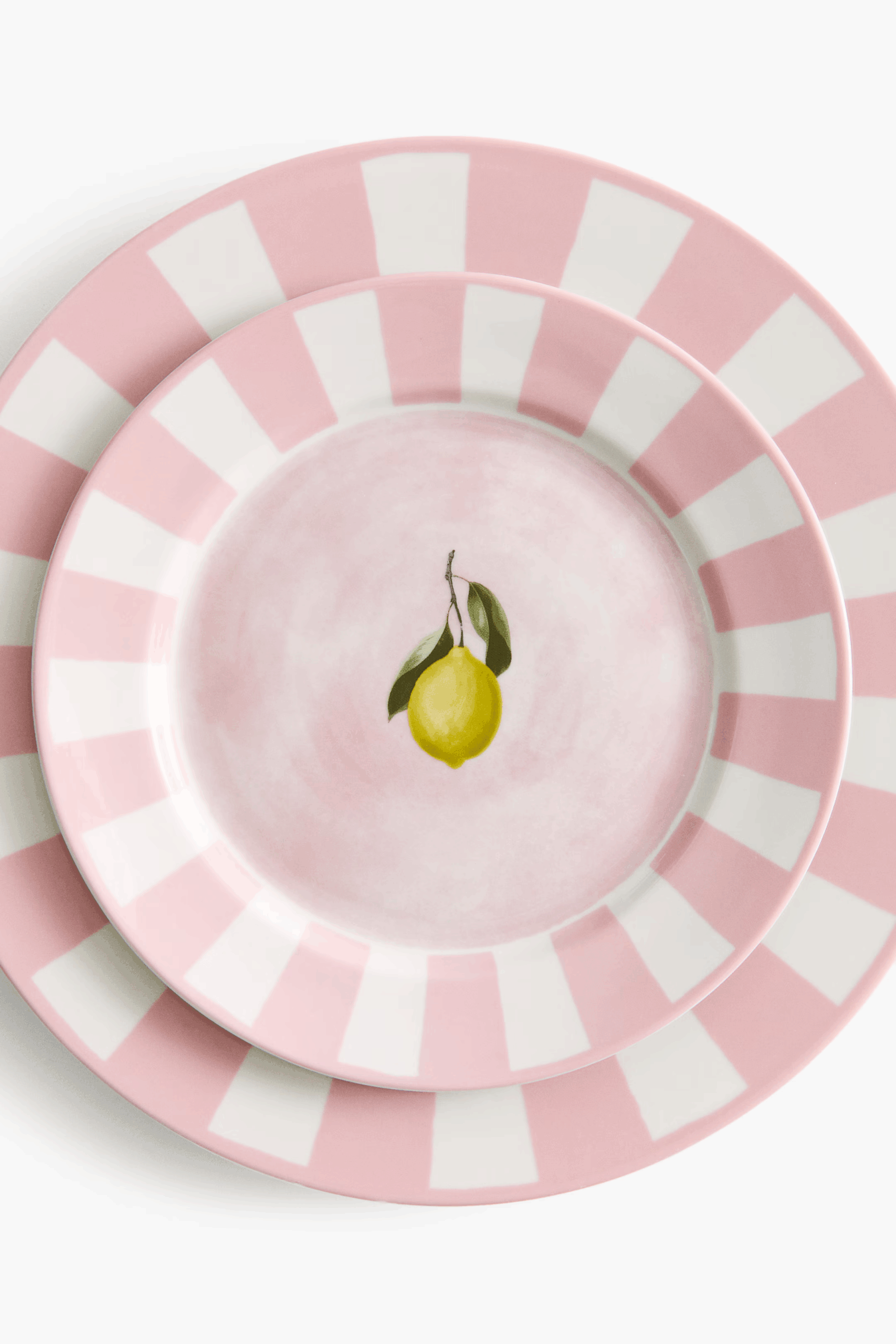What these design trends are & how you can implement them too
Interior design is more than just arranging furniture—it’s about creating a space that reflects your personality, values, and lifestyle. Two of the most contrasting yet popular design philosophies today are Minimalism and Maximalism. Each approach offers unique benefits and appeals to different preferences. But which one is the right fit for you? In this guide, we will explore the core principles, aesthetics, and practical considerations of Minimalist and Maximalist design styles to help you decide which suits you best.
Understanding Minimalism
Minimalism is a design philosophy that embraces the idea of “less is more.” This style focuses on simplicity, functionality, and clean aesthetics. It is characterized by a neutral color palette, uncluttered spaces, and a strong emphasis on open areas and natural light.
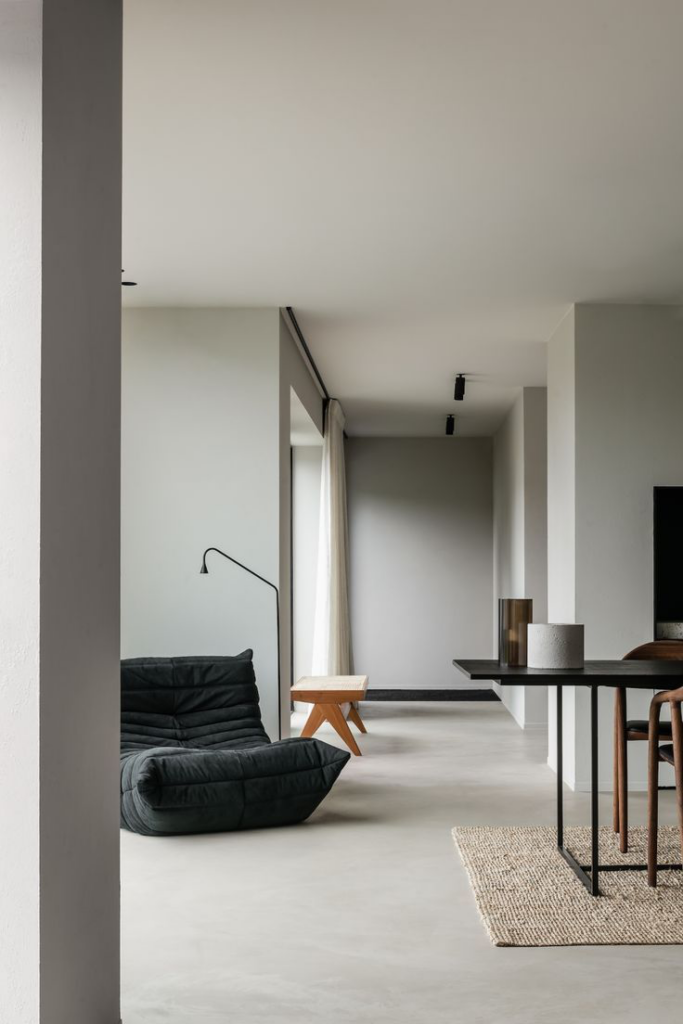
Key Characteristics of Minimalist Design:
- Simplicity: A clutter-free environment with only essential elements.
- Neutral Color Palette: Shades of white, beige, gray, and muted earth tones dominate.
- Functional Furniture: Pieces that serve multiple purposes, reducing the need for excess decor.
- High-Quality Materials: Fewer but premium materials like wood, metal, and glass.
- Negative Space: Allowing areas to breathe, reducing visual noise.
Pros of Minimalism:
- Creates a calming and serene environment.
- Easier to maintain and clean due to less clutter.
- Encourages mindful consumption and sustainability.
- Enhances functionality and efficiency.
Cons of Minimalism:
- May feel too sterile or impersonal to some.
- Limited decorative elements can make spaces feel less cozy.
- Requires discipline to avoid unnecessary purchases.

Understanding Maximalism
Maximalism is the direct opposite of Minimalism. It embraces bold colors, eclectic collections, layered textures, and an abundance of decor. This design style is all about self-expression and breaking traditional rules.
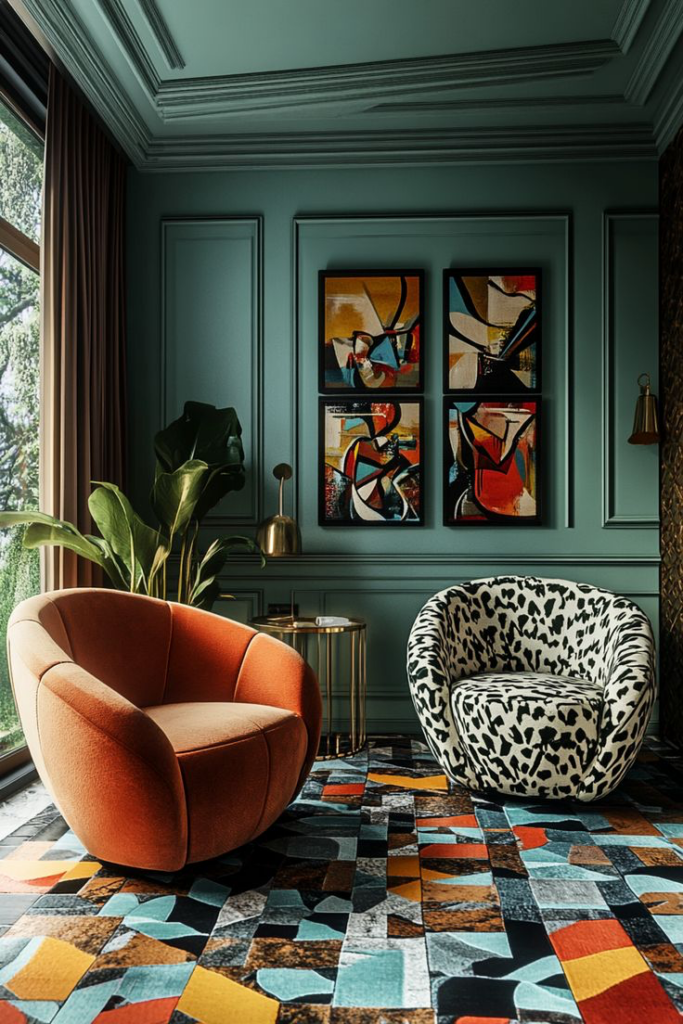
Key Characteristics of Maximalist Design:
- Vibrant Color Palettes: Bold hues, rich jewel tones, and eclectic color combinations.
- Abundant Decor: Statement pieces, patterned wallpapers, and intricate details.
- Layered Textures: Mixing fabrics, materials, and finishes to add depth.
- Personal Collections: Displaying art, books, and memorabilia to showcase individuality.
- Ornate and Detailed Furnishings: Luxurious and unique furniture with elaborate designs.
Pros of Maximalism:
- Allows full creative freedom and self-expression.
- Creates a warm and inviting space with personality.
- Offers opportunities to showcase sentimental and collectible items.
- Adds visual interest and depth to interiors.
Cons of Maximalism:
- Can feel overwhelming if not curated carefully.
- Requires more maintenance and organization to avoid clutter.
- May not suit those who prefer a relaxed and calming environment.
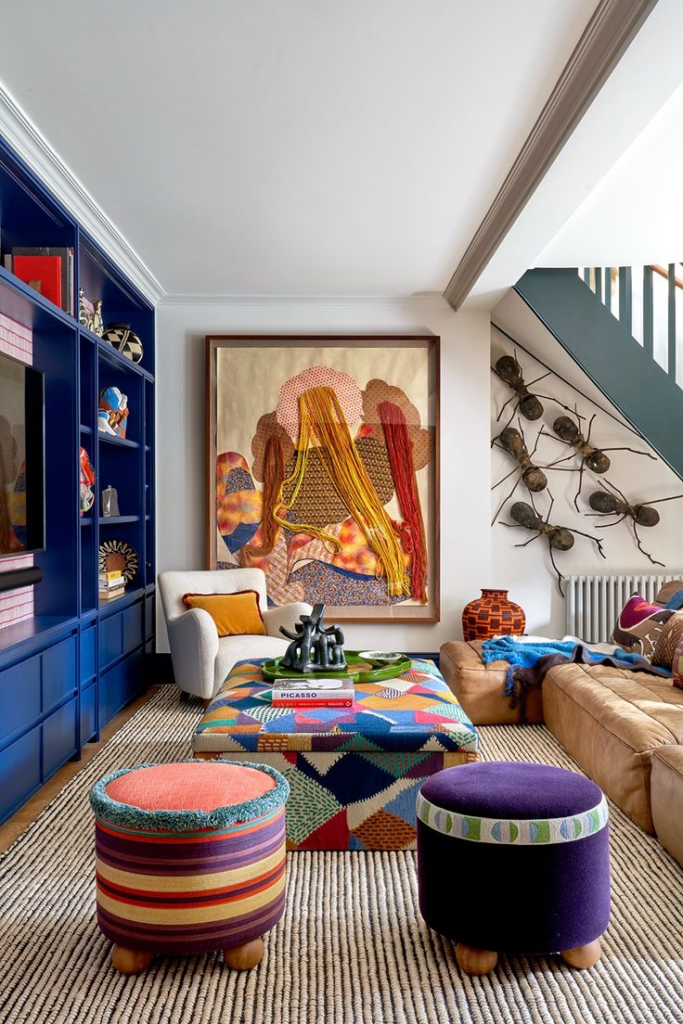
Which Style Fits You?
Choosing between Minimalism and Maximalism depends on your lifestyle, personality, and design preferences. Here are some guiding questions to help you decide:
- How do you feel about clutter?
- If clutter stresses you out, Minimalism is likely a better choice.
- If you enjoy being surrounded by decorative items, Maximalism might suit you more.
- What kind of atmosphere do you want to create?
- Minimalism fosters tranquility and relaxation.
- Maximalism creates an energetic and lively ambiance.
- How much time do you want to dedicate to maintenance?
- Minimalist spaces are easier to clean and organize.
- Maximalist spaces require regular upkeep and organization.
- Do you enjoy collecting and displaying personal items?
- Minimalism focuses on necessity and purpose.
- Maximalism thrives on personal expression and decorative storytelling.
Blending Minimalism and Maximalism
It’s possible to incorporate elements of both styles to create a balanced approach known as “Minimaluxe” or “Moderate Maximalism.” Here’s how:
- Start with a minimalist base and add statement pieces sparingly.
- Choose a neutral color palette but incorporate bold accents.
- Keep clutter to a minimum while showcasing curated collections.
- Use high-quality materials to balance simplicity with luxury.
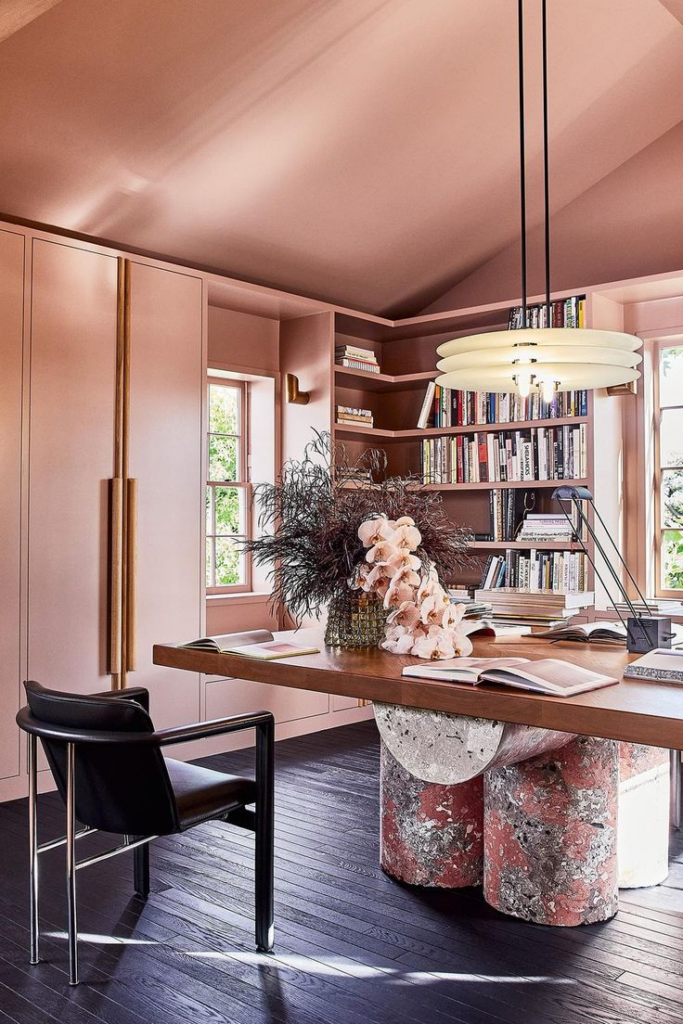
I love the designs from Kelly Wrestler and think the above example is a great way of showing a mix of maximalism but also minimalism. There is a clear color scheme used and we do not have a very colorful interior with many different color palettes. The bold furniture makes the room look a little bit more maximalist, while the clear lines in the chair and colors are a bit more minimalist.
Final Thoughts
Both Minimalism and Maximalism offer unique benefits and appeal to different aesthetics. If you prefer clean lines and simplicity, Minimalism may be your perfect fit. If you love vibrant, personalized, and expressive spaces, Maximalism will make you feel at home. Ultimately, the best design style is one that makes you feel comfortable, inspired, and truly yourself.
Which design style speaks to you? Share your thoughts in the comments below!
Whatever your choice, remember that design is personal and should reflect your true essence. Whether you enjoy the serenity of a minimalist retreat or the excitement of a maximalist haven, your home should be a place where you feel happy and at peace.
Wanna read more?
7 Beautiful Solutions for Floor Transitions – read here

